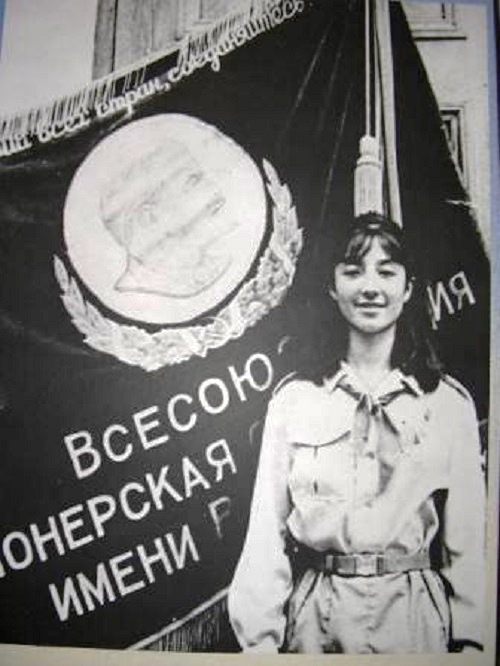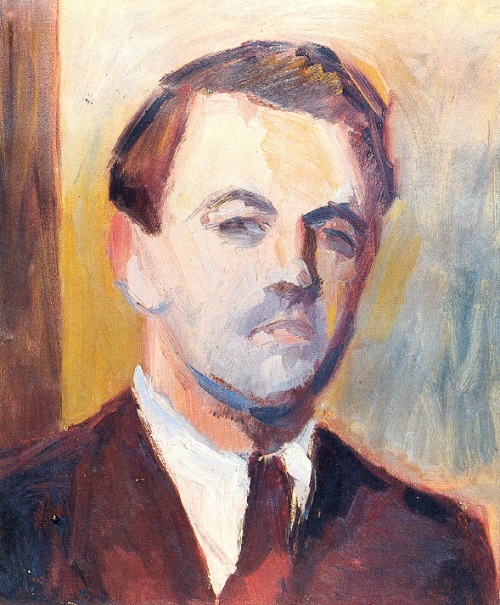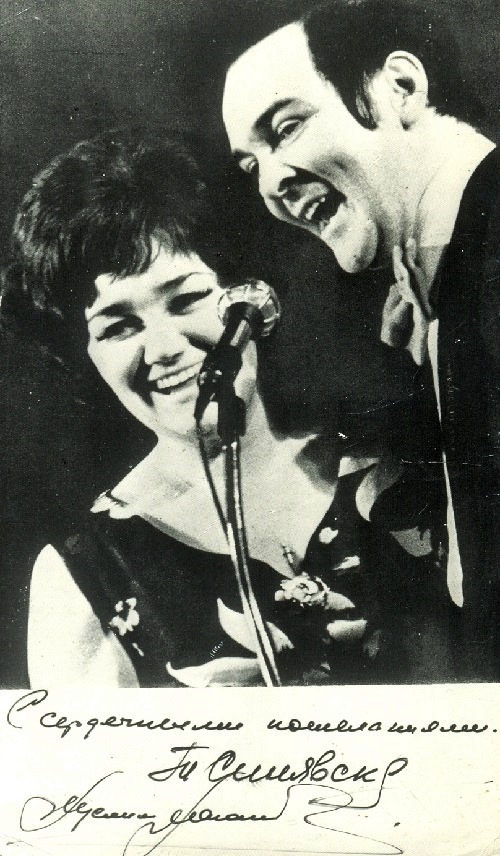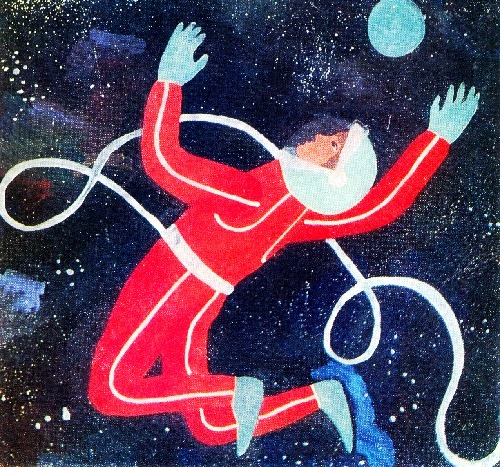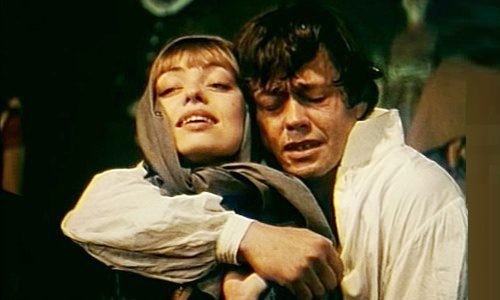Soviet artist Nadya Rusheva
Soviet artist Nadya Rusheva had only 17 years to live, but left a huge artistic heritage – about 12,000 drawings. In fact, their exact number is impossible to calculate, because of many reasons. For example, a significant proportion – sent in the letters. Besides, she gave hundreds of illustrations to friends and acquaintances. Unfortunately, a considerable number of works for various reasons did not come back from the first exhibitions. Many of her paintings are in the museum of Leo Tolstoy in Moscow, and in the museum-branch named after Nadya Rusheva in the city of Kyzyl. Also, in the Pushkin House of St. Petersburg Academy of Sciences, the National Culture Fund, the Municipal Museum in Sarov, and the Pushkin Museum in Moscow.
Among Nadya’s sketches were, for example, a series of drawings devoted to the ballet “Anna Karenina”. By the way, this ballet appeared on stage after the artist’s death, and a major role in it danced Maya Plisetskaya.
Noteworthy, she created her drawings without corrections, and she never used an eraser. “I see them in advance … they show through on the paper, as a watermark, and I have to repeat them in ink” – said Nadya.
Read more »
